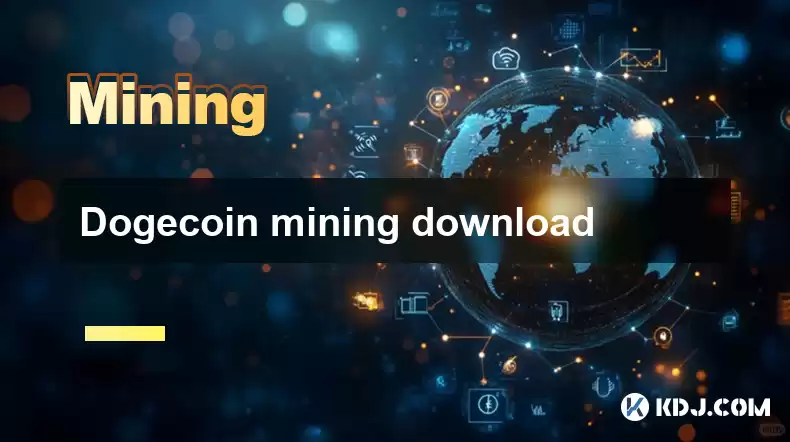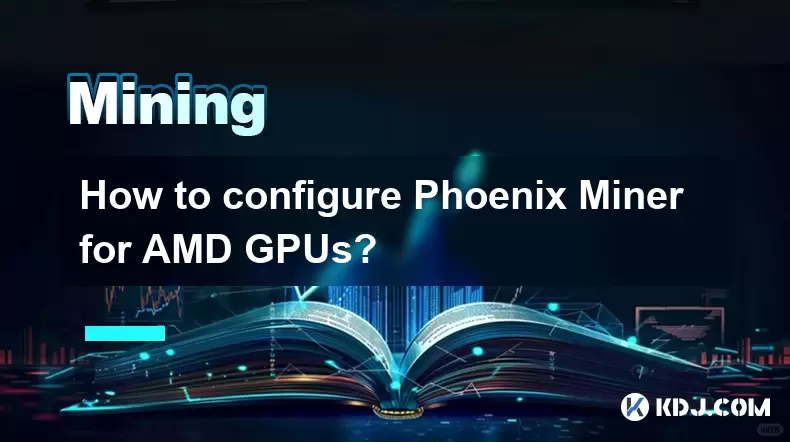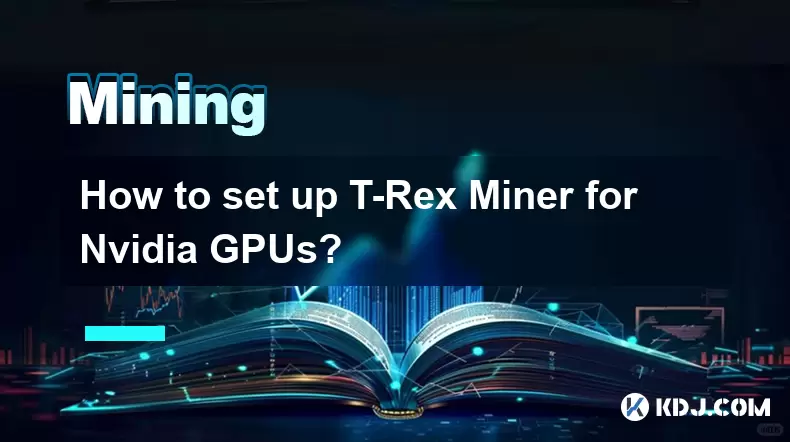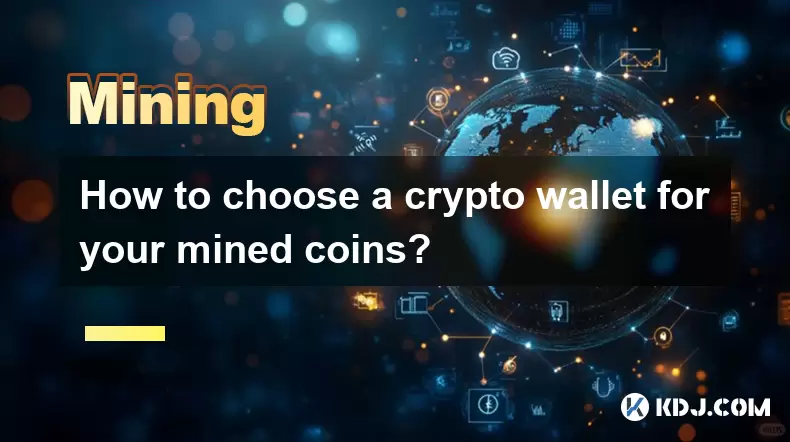-
 Bitcoin
Bitcoin $117600
0.25% -
 Ethereum
Ethereum $4424
0.10% -
 XRP
XRP $3.101
0.50% -
 Tether USDt
Tether USDt $1.001
-0.01% -
 BNB
BNB $836.2
1.26% -
 Solana
Solana $188.8
2.11% -
 USDC
USDC $1.000
0.01% -
 Dogecoin
Dogecoin $0.2301
0.57% -
 TRON
TRON $0.3485
-1.00% -
 Cardano
Cardano $0.9209
-1.34% -
 Hyperliquid
Hyperliquid $46.72
-1.19% -
 Chainlink
Chainlink $22.62
4.84% -
 Stellar
Stellar $0.4275
-0.38% -
 Sui
Sui $3.761
1.91% -
 Bitcoin Cash
Bitcoin Cash $586.7
-0.25% -
 Ethena USDe
Ethena USDe $1.001
0.01% -
 Hedera
Hedera $0.2510
2.06% -
 Avalanche
Avalanche $24.21
2.22% -
 Litecoin
Litecoin $119.7
1.07% -
 Toncoin
Toncoin $3.450
1.06% -
 UNUS SED LEO
UNUS SED LEO $9.411
-0.93% -
 Shiba Inu
Shiba Inu $0.00001298
1.20% -
 Uniswap
Uniswap $10.98
3.25% -
 Polkadot
Polkadot $3.961
2.16% -
 Dai
Dai $1.000
0.00% -
 Bitget Token
Bitget Token $4.642
0.95% -
 Cronos
Cronos $0.1514
0.57% -
 Ethena
Ethena $0.7290
3.78% -
 Monero
Monero $254.1
7.69% -
 Pepe
Pepe $0.00001102
2.47%
Dogecoin mining download
Dogecoin mining involves solving complex mathematical equations to earn rewards in the form of Dogecoin, using specialized software and a mining rig equipped with high-powered graphics cards.
Jan 12, 2025 at 04:14 am

Dogecoin Mining Download: A Comprehensive Guide for Beginners
Key Points
- Understanding Dogecoin Mining
- Choosing a Dogecoin Mining Software
- Setting Up Your Mining Rig
- Configuring Your Mining Software
- Starting the Mining Process
- Monitoring Your Mining Progress
- Troubleshooting Common Issues
Dogecoin Mining: A Beginner's Guide
Dogecoin, a cryptocurrency known for its Shiba Inu mascot, utilizes a proof-of-work consensus mechanism to secure its blockchain network. This mechanism involves miners solving complex mathematical equations to validate blocks of transactions and earn rewards in the form of Dogecoin.
Choosing a Dogecoin Mining Software
The first step in Dogecoin mining is selecting appropriate software. Several reliable options are available, each with its strengths and weaknesses:
- EasyMiner: A user-friendly option for beginners, EasyMiner offers a graphical interface and automatic configuration.
- CGMiner: CGMiner is a command-line-based software renowned for its stability and efficiency.
- Awesome Miner: Awesome Miner provides a comprehensive platform for managing multiple mining rigs and monitoring performance.
Setting Up Your Mining Rig
To mine Dogecoin efficiently, you need to assemble a reliable mining rig. This typically involves:
- Graphics Card (GPU): GPUs are the cornerstone of Dogecoin mining, providing the computational power for solving mathematical problems. Look for GPUs with high hash rates specifically optimized for cryptocurrency mining.
- Motherboard: The motherboard serves as the central component, connecting all the other components of the rig. Choose a motherboard with sufficient PCIe slots to support multiple GPUs.
- Power Supply: A stable power supply is crucial to ensure the uninterrupted operation of your mining rig. Ensure it provides ample wattage to power all the connected components.
- Cooling System: Overheating can significantly impact mining efficiency. Implement a proper cooling system, such as fans or liquid cooling, to maintain optimal temperatures.
Configuring Your Mining Software
Once your mining rig is set up, you need to configure your mining software. This typically involves specifying:
- Pool: Join a Dogecoin mining pool to combine your hashing power with other miners to increase the chances of finding a block.
- Wallet Address: Provide the address of your Dogecoin wallet where you wish to receive rewards.
- Worker Name: Assign a unique name to your mining rig for identification.
- Difficulty: Select the difficulty level appropriate for your mining rig's capabilities.
Starting the Mining Process
With your mining software configured, you are ready to start mining Dogecoin. This typically involves:
- Launching the Software: Run the mining software on your computer and let it connect to the mining pool.
- Monitoring Activity: Keep an eye on the software's interface to observe the mining progress and ensure everything is running smoothly.
- Adjusting Settings: If necessary, fine-tune the settings within the software to optimize performance and minimize power consumption.
Monitoring Your Mining Progress
To ensure your Dogecoin mining operation is running efficiently, it is essential to monitor your progress regularly. This involves:
- Tracking Hash Rate: Keep track of your rig's hash rate, which indicates the amount of computational power it is contributing to the mining pool.
- Checking Block Rewards: Monitor the mining pool's website or use dedicated tracking tools to view your earnings and track your progress towards finding a block.
- Analyzing Power Consumption: Monitor your rig's power consumption to ensure it remains within your budget and does not negatively impact your electricity bills.
Troubleshooting Common Issues
Several common issues can arise during Dogecoin mining. Here are some tips for troubleshooting:
- Low Hash Rate: Check the stability of your internet connection, ensure your graphics cards are running optimally, and update your mining software to its latest version.
- Mining Pool Connection Problems: Verify that your mining software is configured correctly with the pool's address and port. Reset your internet connection and try reconnecting to the pool.
- Hardware Overheating: Ensure your cooling system is functioning properly. Clean your rig regularly to remove dust buildup, and consider adjusting the fan settings to improve airflow.
FAQs
1. What is the profitability of Dogecoin mining?
Profitability varies based on factors such as electricity costs, hardware efficiency, and the price of Dogecoin. Use profit calculators to estimate your potential earnings before investing in mining equipment.
2. Is mining Dogecoin worth it?
Whether mining Dogecoin is worth it depends on your individual circumstances. Consider the costs, profitability, and potential risks before making a decision.
3. What are the alternatives to mining Dogecoin?
Alternatives to mining Dogecoin include buying Dogecoin on exchanges, investing in Dogecoin-related stocks, or participating in Dogecoin-based airdrops and competitions.
4. What is the future of Dogecoin mining?
The future of Dogecoin mining depends on factors such as the popularity of Dogecoin, the development of mining hardware, and regulatory changes. Keep abreast of industry news and developments to stay informed.
Disclaimer:info@kdj.com
The information provided is not trading advice. kdj.com does not assume any responsibility for any investments made based on the information provided in this article. Cryptocurrencies are highly volatile and it is highly recommended that you invest with caution after thorough research!
If you believe that the content used on this website infringes your copyright, please contact us immediately (info@kdj.com) and we will delete it promptly.
- Kazakhstan's Crypto Leap: Bitcoin ETF and Central Asia's Digital Finance Future
- 2025-08-13 12:45:19
- BlockDAG Presale Blazes Past $371M: Fundraising Frenzy Fuels Crypto Sensation
- 2025-08-13 13:05:21
- Meme Coins: Chasing the 2025 Surge – Which Will Moonshot?
- 2025-08-13 10:25:23
- Bitcoin's Wild Ride: Rally, Pullback, and What's Next
- 2025-08-13 10:25:23
- Bitcoin, Bitmax, and Institutional Demand: A New Era of Crypto Investment
- 2025-08-13 10:45:12
- Solana, ROAM, and Airdrops: What's the Buzz in 2025?
- 2025-08-13 11:35:13
Related knowledge

How to configure Phoenix Miner for AMD GPUs?
Aug 11,2025 at 03:21am
Understanding Phoenix Miner and Its Compatibility with AMD GPUsPhoenix Miner is a lightweight, high-performance Ethereum mining software designed for ...

How to set up T-Rex Miner for Nvidia GPUs?
Aug 10,2025 at 12:07am
Understanding T-Rex Miner and Its Compatibility with Nvidia GPUsT-Rex Miner is a high-performance mining software designed specifically for Nvidia GPU...

What is "proof-of-work" and how does it relate to mining?
Aug 07,2025 at 02:03pm
Understanding the Concept of Proof-of-WorkProof-of-work (PoW) is a consensus mechanism used in blockchain networks to validate transactions and secure...

How to choose a crypto wallet for your mined coins?
Aug 13,2025 at 11:36am
Understanding the Types of Crypto Wallets for Mined CoinsWhen selecting a crypto wallet for your mined coins, the first step is to understand the diff...

What are the differences between mining on Windows vs. Linux?
Aug 06,2025 at 11:29pm
Overview of Cryptocurrency Mining PlatformsCryptocurrency mining involves using computational power to solve complex cryptographic puzzles and validat...

How to use an old computer for cryptocurrency mining?
Aug 07,2025 at 12:42pm
Understanding the Feasibility of Using an Old Computer for MiningUsing an old computer for cryptocurrency mining may seem outdated, but it is still te...

How to configure Phoenix Miner for AMD GPUs?
Aug 11,2025 at 03:21am
Understanding Phoenix Miner and Its Compatibility with AMD GPUsPhoenix Miner is a lightweight, high-performance Ethereum mining software designed for ...

How to set up T-Rex Miner for Nvidia GPUs?
Aug 10,2025 at 12:07am
Understanding T-Rex Miner and Its Compatibility with Nvidia GPUsT-Rex Miner is a high-performance mining software designed specifically for Nvidia GPU...

What is "proof-of-work" and how does it relate to mining?
Aug 07,2025 at 02:03pm
Understanding the Concept of Proof-of-WorkProof-of-work (PoW) is a consensus mechanism used in blockchain networks to validate transactions and secure...

How to choose a crypto wallet for your mined coins?
Aug 13,2025 at 11:36am
Understanding the Types of Crypto Wallets for Mined CoinsWhen selecting a crypto wallet for your mined coins, the first step is to understand the diff...

What are the differences between mining on Windows vs. Linux?
Aug 06,2025 at 11:29pm
Overview of Cryptocurrency Mining PlatformsCryptocurrency mining involves using computational power to solve complex cryptographic puzzles and validat...

How to use an old computer for cryptocurrency mining?
Aug 07,2025 at 12:42pm
Understanding the Feasibility of Using an Old Computer for MiningUsing an old computer for cryptocurrency mining may seem outdated, but it is still te...
See all articles

























































































